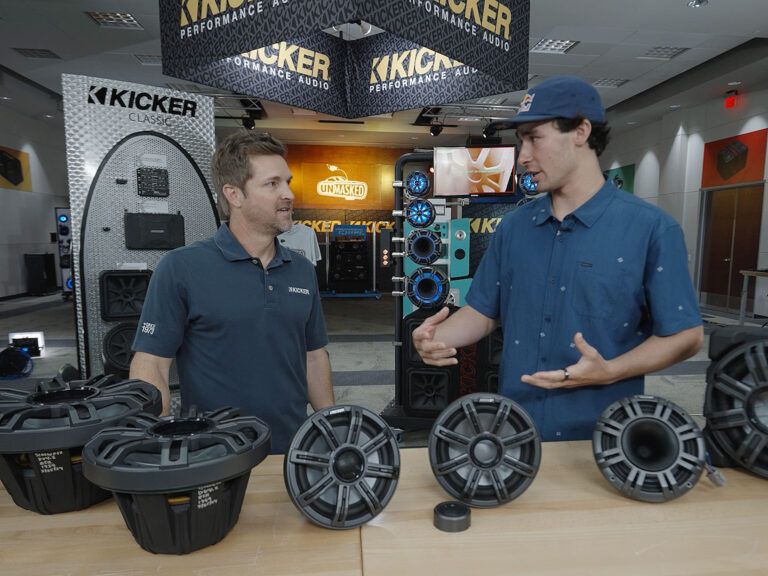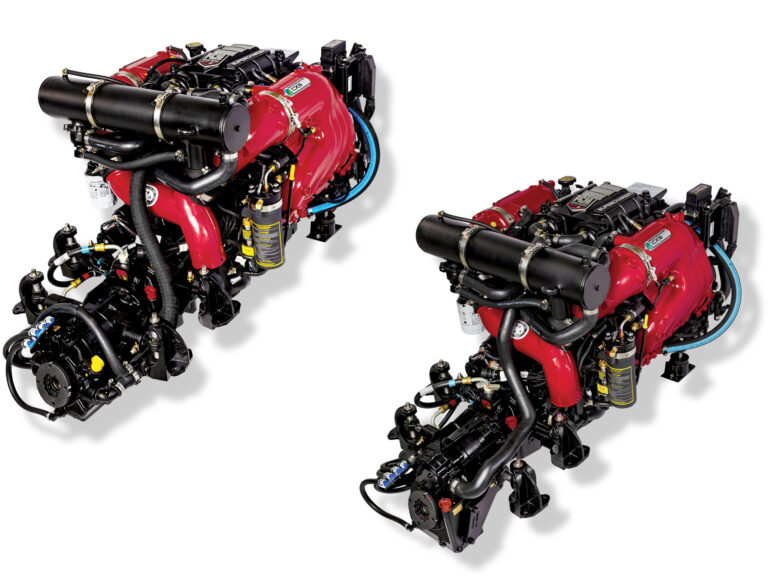It’s no secret that learning takes time and no human is perfect! However, the unique thing about life is our ability to share our experiences to help others not make our same mistakes. Mistakes are part of learning and how we grow. The tips below come from mistakes I made back when I was a new towboat driver and also from my work as a watersports instructor. They will help speed up the learning curve for new riders and ensure the safe operation of driving a wake boat. As an added bonus, I’ll save you time, money, and improve overall boating safety. As you have fun in the sun, remember these important tips and tricks!
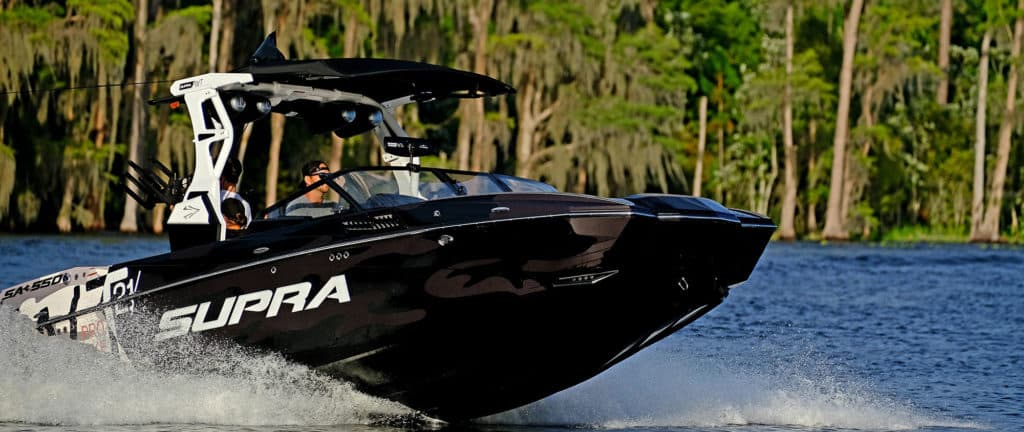
Safety First
You are in control of a boat that weighs 5,000+ pounds which has tragic consequences if driven carelessly. Obey all boating rules and consider talking a boating safety course.
Never drink and drive! Use a spotter and rearview mirror to keep an eye on your rider at all times.
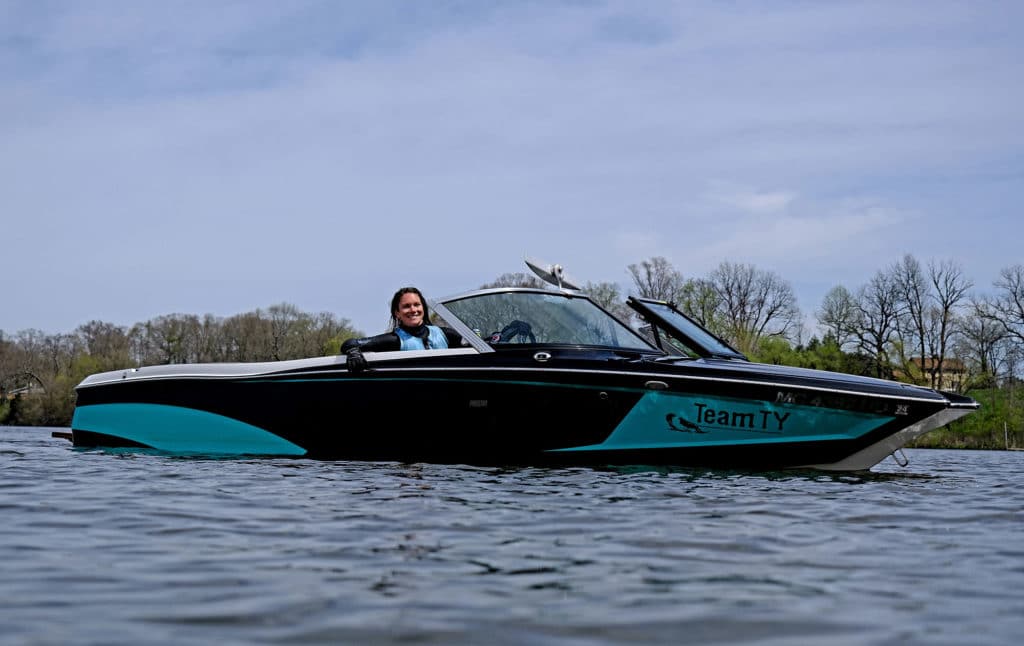
Blind Side Pickup
The driver’s side of the boat, the starboard side, is the safest side of the boat to pick up or return to a fallen rider., because you can see them the whole time. Picking up on the port side risks hitting the rider because you will lose sight of him or her.
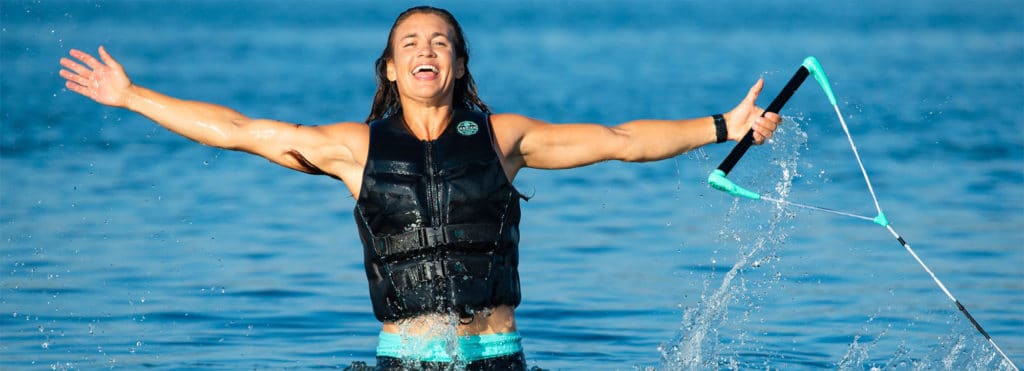
Wearing Non-Approved Life Vests
As the driver, you’re responsible for the safety of all persons aboard your boat. United States Coast Guard approved life vest meet the highest safety standards. Check out vests by brands like O’Brien, Ronix, Hyperlite, Jet Pilot, O’Neill, and Liquid Force to keep you and your family safe on the water.
Failing to Coach
A good driver offers instruction. Remind new riders not to pull the boat when attempting to ride a wakeboard. Encourage them to keep their arms straight, slide their bottom towards their ankles, and let the boat do the pulling. Remind them that they’ll never out pull the boat! It’s more powerful than any human! The boat will always win! Tell them to sit back in the water, relax, hang on, and enjoy the ride!
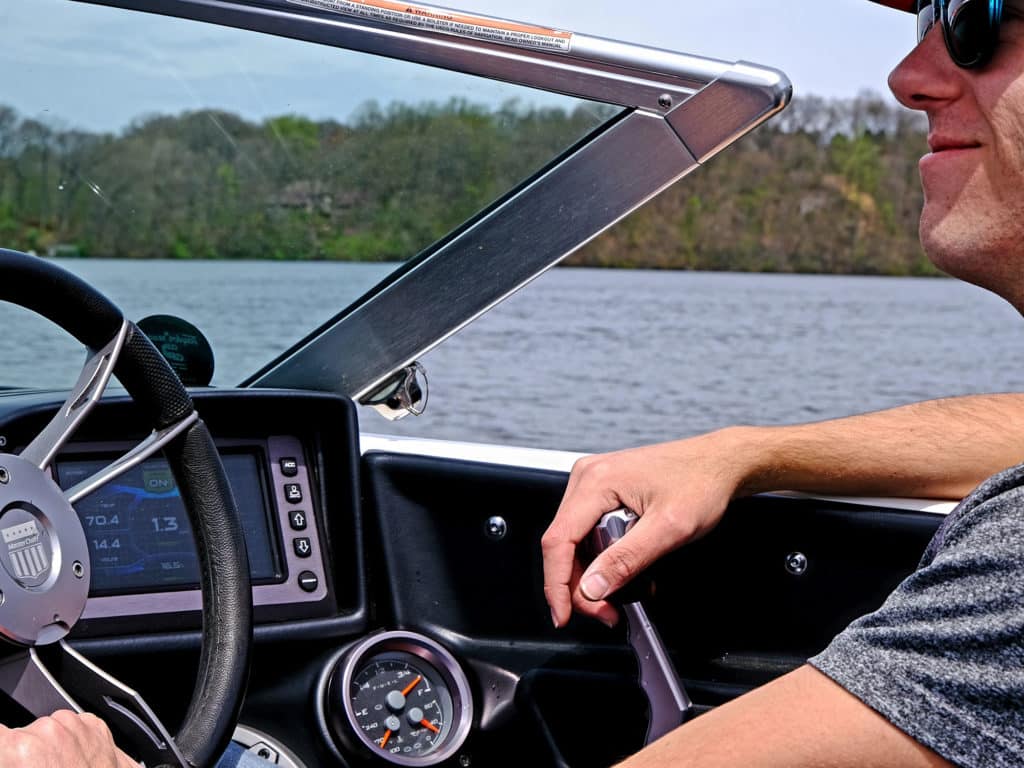
Speed Demon
Taking off too fast is a common beginner mistake. Start new riders at slower speeds and increase speed as confidence builds. Waksesurfing occurs at about11-mph. Recommended wakeboarding speeds are as follows:
- Newbie – 10 to 13 mph
- Intermediate – 13 to 17 mph
- Experienced – 17 to 23 mph
Speed Demon II
Throttling up before making sure your passengers are seated and objects are securely stowed is an all-too common beginner mistake. Friends and family can easily get off balance, fall, and suffer injury. Instead, be sure that all passengers are properly seated before engaging the throttle and setting the boat in motion. Also, secure or tie down anything that may fall overboard like coolers or items that could blow out of the boat due to wind.
Read Next: Pulling a Wakesurfer
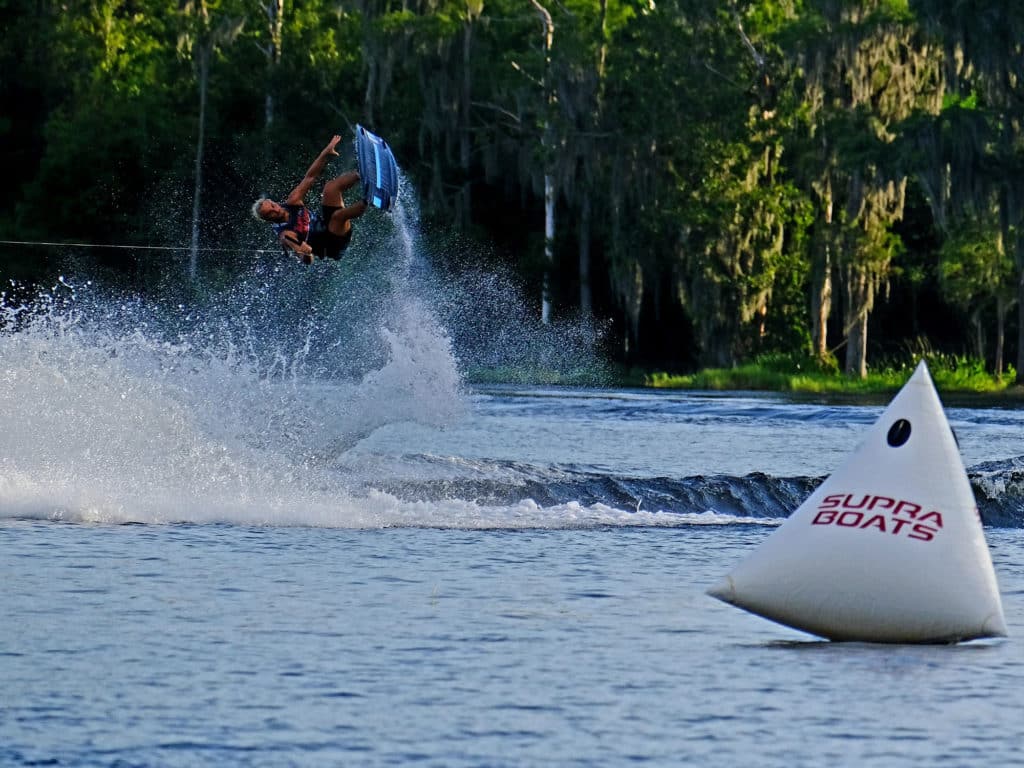
Know Your Rider!
Everyone learns at a different pace! Be patient with new riders as they learn the ropes. Throttle up slowly till you get to the riders desired cruising speed which can be set on most newer wake boat models. Be sure to reference your boat manual to see if your boat includes this feature.
Roller Maker
Don’t do power turns when your rider falls. It causes unnecessary waves known as rollers. These waves disrupt the water making it choppy for other boats and riders in the area. Instead, slow the boat to idle speed and let the waves pass. Then proceed to pick up your rider at a safe speed. We recommend idling back to your rider.
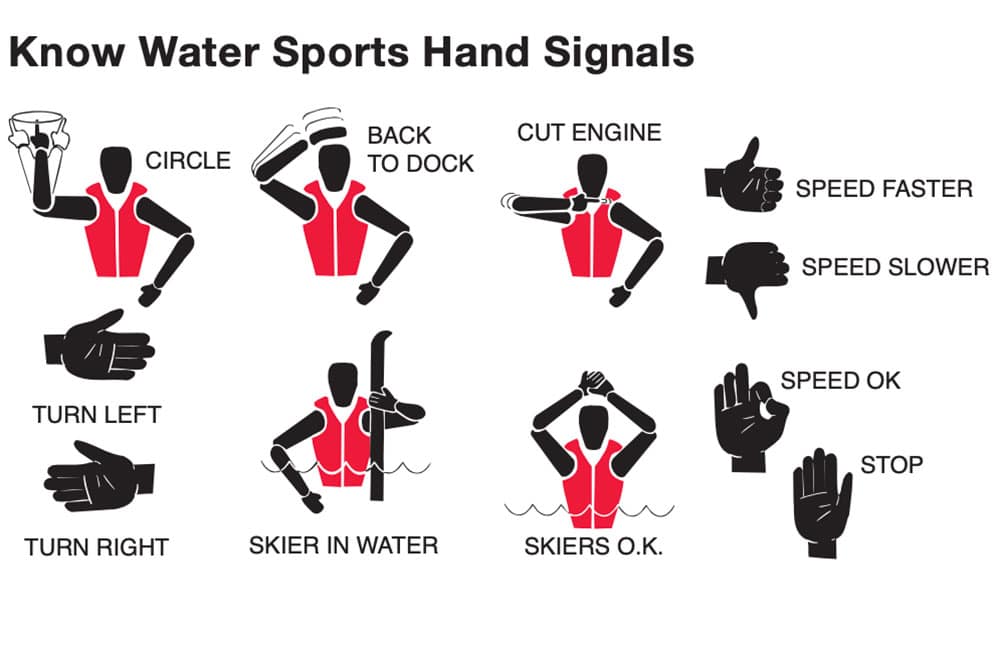
Hand Jive!
Communication is key! Know your hand signals and teach them to new riders (Pay attention to the needs and desires of your rider. Teach new riders hand signals which are important to catering to the exact needs of each individual rider.
Rope Runner
When circling back to pick up a fallen rider, be sure to remember a 75 foot rope trails behind you from the tower. It’s easy to forget, consequently running over the rope which puts ya in a real pickle. Now you have a rope tangled in the propeller and you’ll likely need to buy a new rope as the damage caused could impact the integrity and safety of the tow rope.




